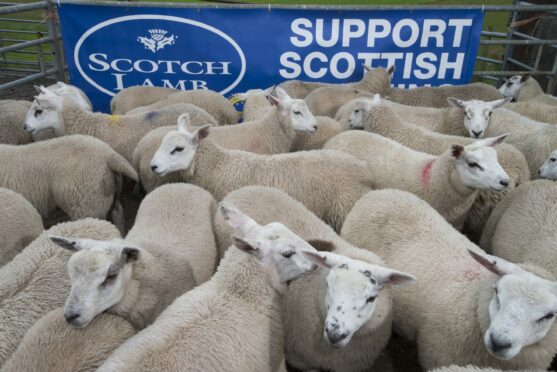British lamb and dairy produce could be in pole position for exportation to the Middle East and North Africa (MENA) following strong population growth and limited domestic production.
Latest analysis by the Agriculture and Horticulture Development Board (AHDB) in its Prospects for UK agri-food exports series revealed the region is set to become the second largest net importer of food by 2031.
The region is also on course to become the largest importer per capita, creating one of the best regional prospects for UK exports and its hoped British lamb and dairy will reap significant rewards.
North Africa is a net importer of lamb and dairy, with the region expected to account for a third of global sheep meat imports by 2031.
Imports of cheese and skimmed milk powder into North Africa are each expected to increase by 26% in 2031.
There may also be longer term opportunities for beef exports to the region, pending the UK securing an Export Health Certificate (EHC) and agreeing production parameters.
Dr Amandeep Kaur Purewal, AHDB senior analyst, said the MENA region is one that is considered to have the best long-term prospects for UK agri-food exports.
“Population growth in the region is estimated at 20% over the next 10 years with the population expected to exceed 500 million by 2031,” he said.
“With a predominantly urban population helping drive consumption of high-value products, such as meat and dairy, the lion’s share of those opportunities coming from the oil-rich states as large net importers of agricultural products, the openings for UK exporters are clear.
“The majority of these opportunities for lamb, dairy and beef will come from the United Arab Emirates, Saudi Arabia, Bahrain, Kuwait, Oman, Qatar and Jordan.”
Dr Phil Hadley, AHDB international trade development director, said: “The analysis carried out by our market intelligence team is pivotal in helping producers and exporters build their understanding of the opportunities and challenges of trading in different parts of the world.
“This latest analysis on the MENA region again shines a light on where we can maximise these opportunities over the coming decade, adding value back into the supply chain on behalf of our levy payers.”
